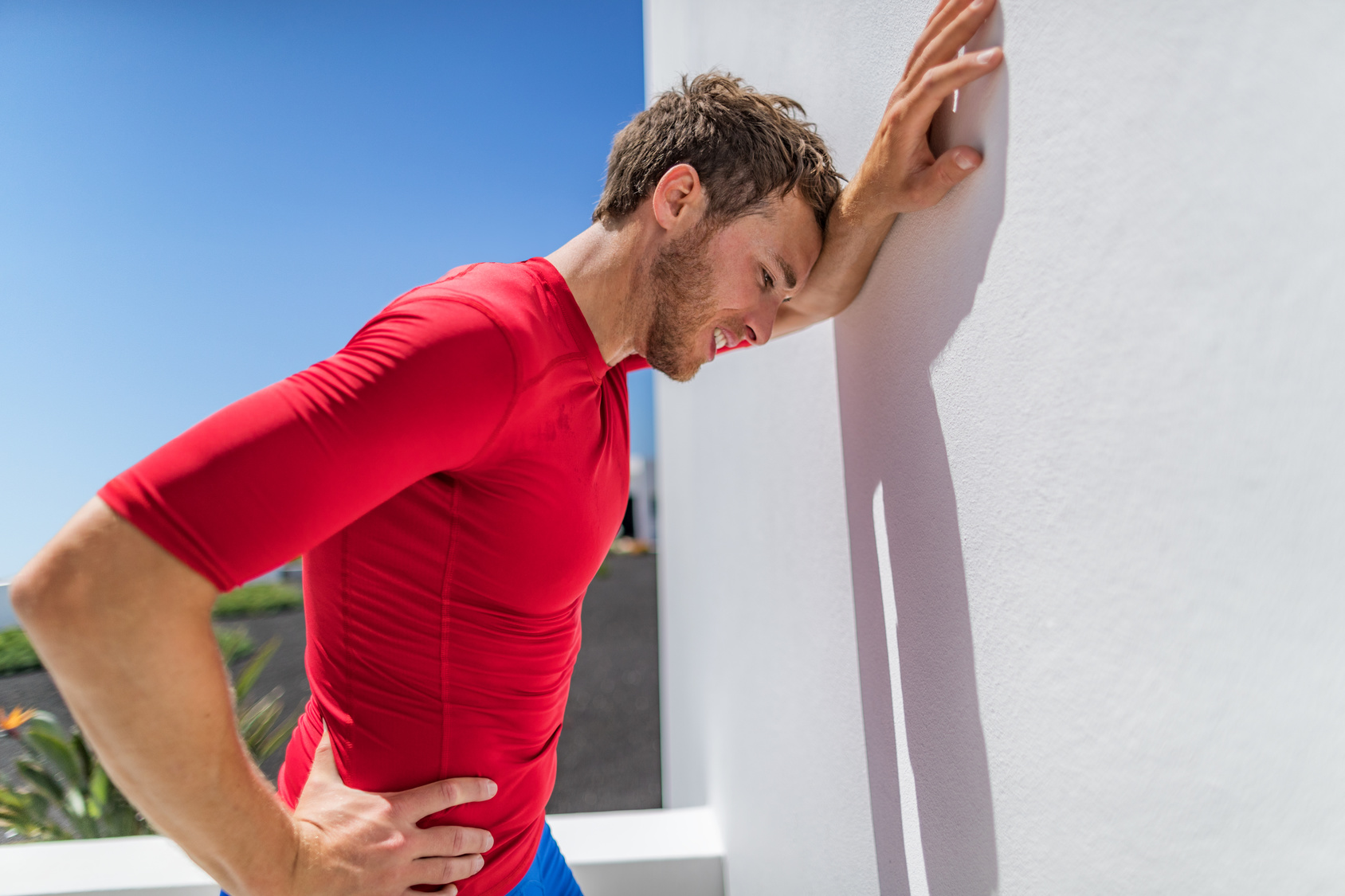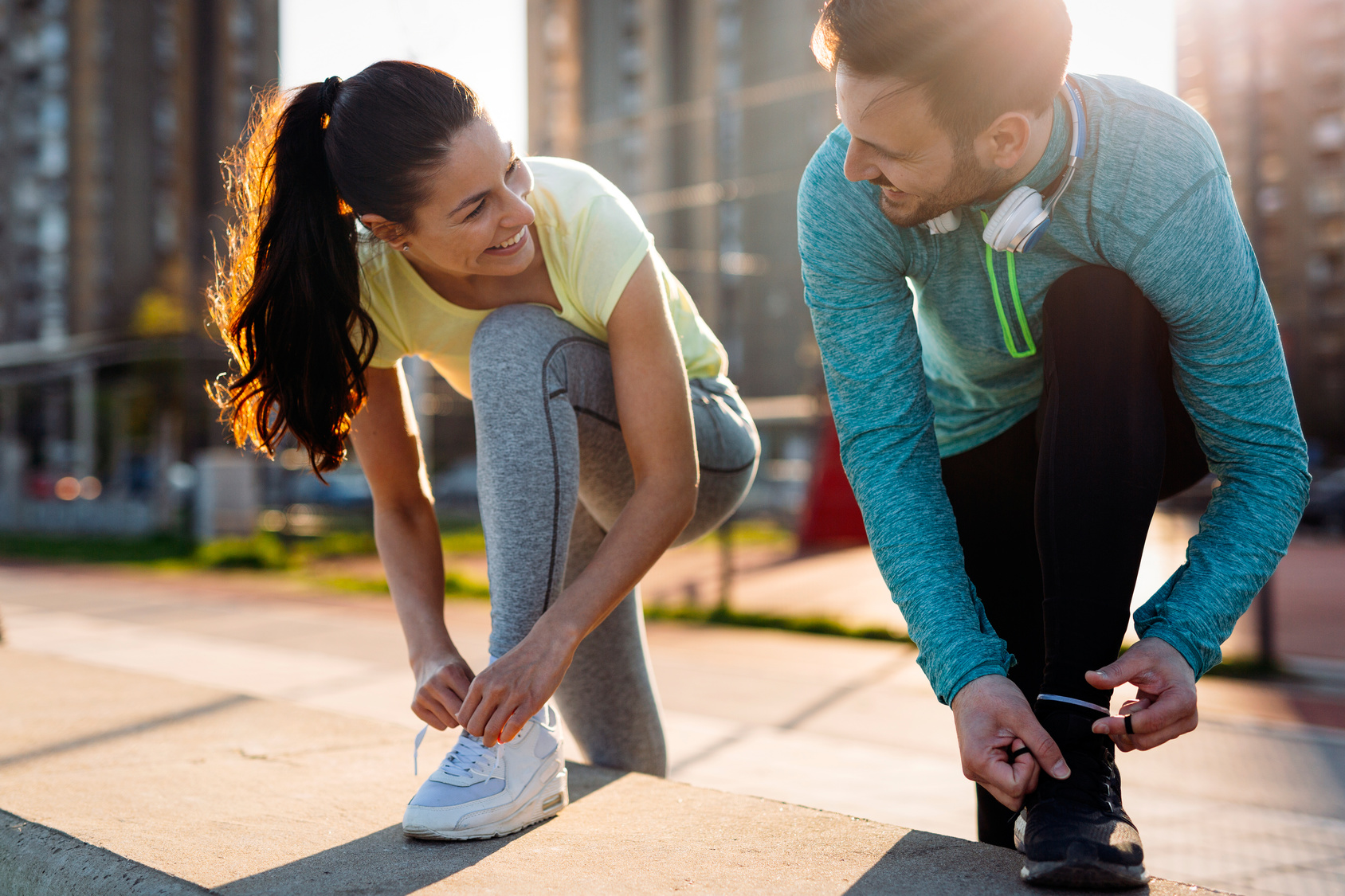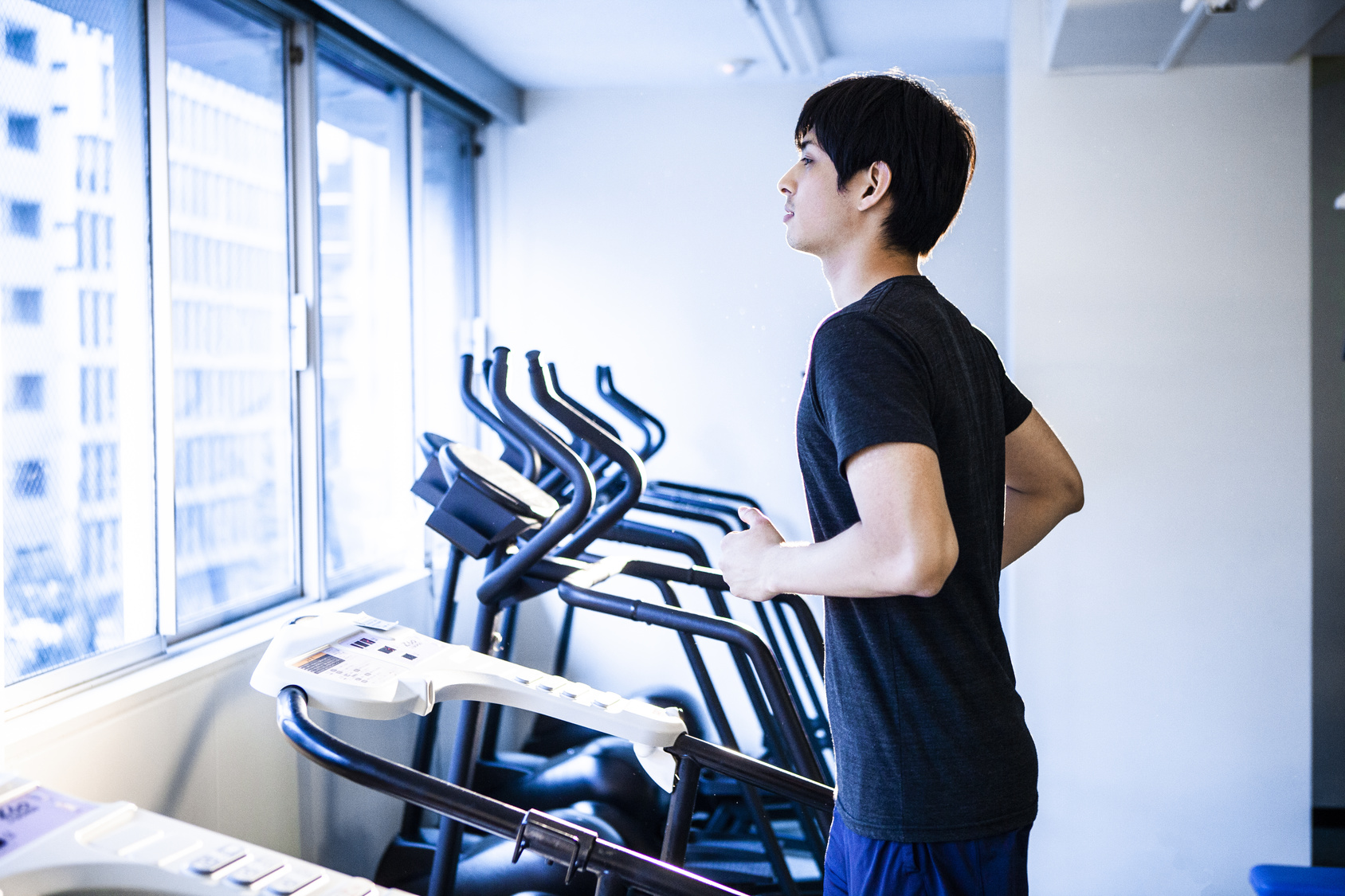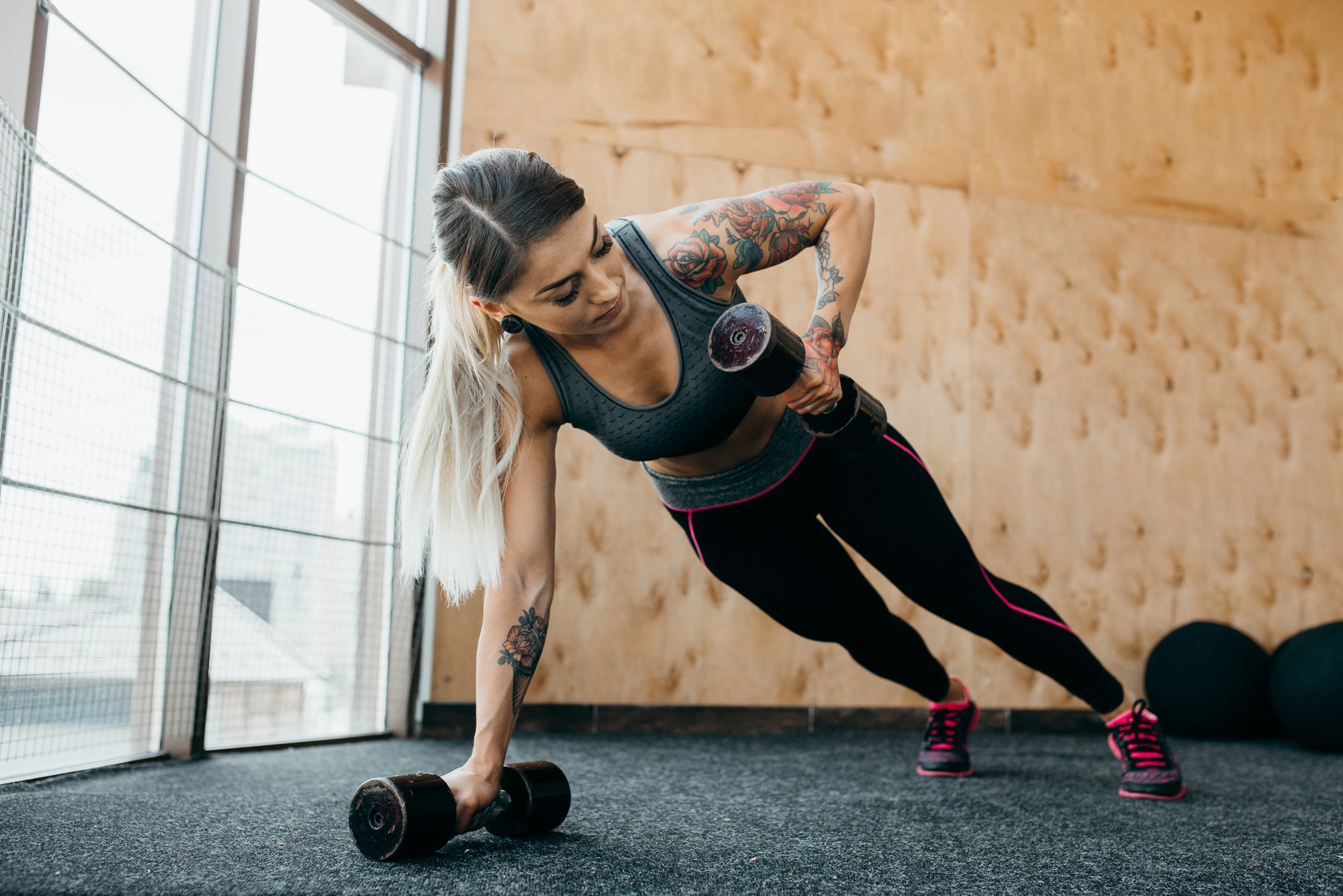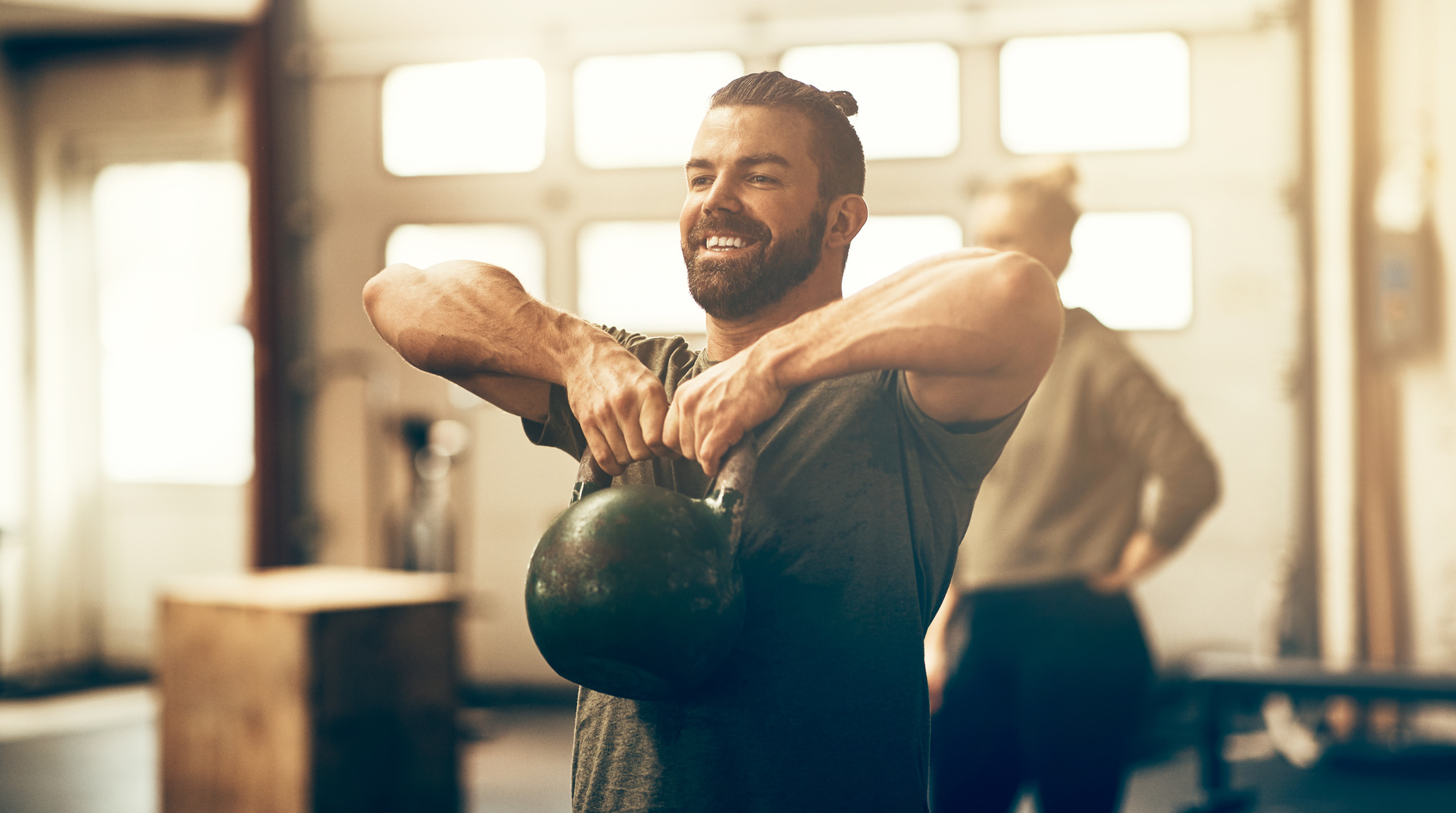Are you tired of muscle cramps sabotaging your runs?
Say no more; you’re in exactly the right spot to find a solution! Let’s face it: there’s hardly anything more frustrating than being hit by a muscle cramp mid-stride. It’s not just a minor nuisance; it’s a full-blown, rhythm-breaking, pain-inducing nightmare that turns a great run into a struggle for survival.
But hey, let’s not dwell on the problem.
Instead, let’s dive into some super effective strategies to keep those pesky leg cramps at bay. Today, I’m going to explain why cramps happen and how you can outsmart them. We’re talking about practical, easy-to-follow tips that will transform your running experience into a smoother, more enjoyable journey.
Sounds like a good deal?
Then, let’s get started.
Leg Muscle Cramps Explained
Muscle cramps can be a real nuisance for runners, and they stem from various causes, including dehydration, muscle fatigue, electrolyte imbalances, and intense training sessions. Additionally, certain medical conditions like nerve damage or peripheral artery disease can trigger these uncomfortable spasms during a run.
So, what exactly is a cramp? Imagine this: it’s an involuntary contraction of your skeletal muscles. Sometimes, this contraction can linger for a while, or it might present as a series of contractions and relaxations within the muscle.
As runners, we’re often more prone to experiencing cramps in specific areas. These include our calves, quadriceps, hamstrings, the arches of our feet, and even along the sides of our bodies. It’s a common issue, but understanding the causes and how to address them can help keep these cramps at bay.
Why Are Cramps a Concern for Runners?
While muscle cramps might not be the kind of overuse injury that typically alarms runners, they’re definitely not to be taken lightly. Here’s a breakdown of why you should pay attention to muscle cramps during your runs:
- Performance Disruption: Cramps can suddenly throw off your running rhythm and pace. These involuntary muscle spasms can significantly slow you down or worse, make you stop mid-run. This can be particularly frustrating if you’re on a strict training regimen.
- Pain and Discomfort: Let’s not underestimate the pain caused by muscle cramps. It can be more than just a minor annoyance; the discomfort can distract you and mess with your mental game, making it hard to focus on your run.
- Increased Fatigue: When cramps strike during a run, they contribute to muscle fatigue. Your muscles have to work harder and tire out more quickly, impacting your endurance and overall performance negatively.
- Risk of Injury: Running with cramped muscles can be a recipe for injury. These muscles are less stable and coordinated, heightening the risk of strains or tears. Continuing to run through a cramp can worsen the situation.
- Longer Recovery Time: Recovering from cramps can eat into your training time, leading to prolonged muscle soreness. This delay can be frustrating, especially for runners keen on maintaining a consistent training schedule.
How to Prevent Leg Muscle Cramps While Running
Let’s dive into the core strategies for preventing muscle cramps, starting with the all-important warm-up and cool-down routines.
Warm Up And Cool Down Properly
A good warm-up is the cornerstone of efficient, pain-free running, and it’s vital for warding off muscle cramps. Here’s a straightforward two-step approach:
- Step One: Begin with a slow, five-minute jog. Focus on taking deep breaths and releasing any tension. This gentle start awakens your muscles and cardiovascular system, gearing them up for the workout ahead.
- Step Two: After your jog, engage in some quick, ballistic stretches. But remember, stretching a cold muscle too intensely can lead to injury. So, ease into it gently – you definitely don’t want to start your run with an injury.
Once you start running, pacing is key. Pushing beyond your fitness level can be a fast track to cramps and other issues. Maintain a steady rhythm and listen to your body – it knows best.
Crossing the finish line isn’t where your routine ends. The cool-down is just as important as the warm-up. Instead of coming to an abrupt halt, gradually slow down to an easy jog and then a peaceful walk. As you do this, focus on deep breathing and letting go of any tension that built up during your run.
Drink Water & Lots Of IT
I cannot emphasize the importance of drinking plenty of water.
When your body is dehydrated, it leads to a reduction in oxygenation, causing the blood flow to your muscles to dwindle like a flickering candle in the wind. This, in turn, sets the stage for muscle spasms, disrupting your running routine.
Here’s how you stay well-hydrated:
Before you head out for a run, drink 4 to 8 ounces of water – like a traveler filling their canteen before venturing into the unknown.
As you log in the miles, keep replenishing your body with 4 to 6 ounces of water every 15 to 20 minutes during your long runs. You should also consider reaching for a sports drink if you tend to sweat profusely and/or are prone to dehydration. This is especially the case during the summertime.
To make sure you drink enough water post-run, weigh yourself before and after each session. For every pound lost, have at least 20 ounces of water.
Replace Electrolytes
Electrolytes play a big role in muscle function and the transmission of muscle impulses. In some cases, whether due to intense training, bad diet choices, or the heat, your electrolyte stores may run on the low. This, in turn, leads to all sorts of problems—muscle cramps are one of them.
One way to keep your electrolyte needs met is to reach for a sports drink. Sports drinks like Nuun and others are rich in the essential electrolytes and carbohydrates to rehydrate your body.
But what if sports drinks are beyond your reach? Then make your own. Craft your own sports drink, a potion of water, and a sprinkle of electrolytes. Bananas are also a great source of potassium and other minerals.
What’s more?
Electrolyte tablets work the best if you want to steer clear of sports drinks and are in it for the long run—both literally and figuratively.
Pacing Right
You’re in the heat of a challenging run, pushing your limits, when suddenly, a muscle cramp strikes out of nowhere, threatening to derail your hard-earned progress. But fear not! With the right pacing strategy, you can outsmart those cramps and unlock your full potential.
Pacing is crucial in running, especially to avoid the onset of muscle cramps. Starting off too quickly can lead to early fatigue and increased cramp risk. The secret to keeping these unwanted guests at bay is finding and maintaining the right pace.
Here’s how you can fine-tune your pacing:
- Use a GPS Watch: A reliable way to track your pace is with a GPS running watch. Set it to your desired pace and let it guide you with real-time feedback.
- Pacing Practice Runs: Regularly practice pacing on your runs. Start at a comfortable speed and gradually build up as your endurance improves.
- Run by Effort: The ‘talk test’ is a great way to gauge your effort. If you can chat comfortably, your pace is probably sustainable. Struggling to speak? Time to ease up a bit.
- Negative Splits: Try to run the second half of your run a tad faster than the first. This ‘negative splitting’ strategy helps conserve energy early on and finish strong.
- Interval Training: Mixing faster and slower intervals in your training can enhance your pacing skills. It’s a great way to get used to different speeds and learn how to control your pace.
- Mindful Breathing: Pay attention to your breathing. Controlled, deep breaths can help regulate your pace and keep muscle tension at bay.
- Visualize Your Pace: Visualization is a powerful tool. Mentally picturing your ideal pace and form can help you maintain a steady rhythm throughout your run.
Listening to Your Body
When it comes to running, listening to your body is non-negotiable. The best defense against muscle cramps and other running-related discomforts is to heed your body’s signals and slow down when things seem off track.
Here are some early signs of muscle cramps to watch out for and crucial steps to take if you notice them during a run:
Early Signs of Muscle Cramps:
- Muscle Tightness: Be alert to any unusual tightness in your leg muscles. This could be a precursor to a cramp.
- Twinges or Twitches: Minor muscle twinges or involuntary twitches should be taken as early warnings. They could indicate that your muscles are at risk of cramping.
- Reduced Range of Motion: A decrease in the range of motion or difficulty in smooth muscle movement can signal an impending cramp.
- Localized Pain: Any specific pain or discomfort in a muscle group is often a tell-tale sign of a developing cramp.
When to Stop and Rest:
If you encounter any of these signs while running, it’s critical to act fast to prevent the cramp from escalating:
- Slow Down or Walk: Lower your pace or transition to walking to reduce muscle strain. This can help ease the early signs of tightness.
- Gentle Stretching: If you’re feeling tightness or twinges, try some slow, controlled stretches for the affected muscle.
- Hydrate and Refuel: Address dehydration or electrolyte imbalances by hydrating and, if necessary, consuming an electrolyte-rich snack.
- Massage: A quick massage or using a foam roller can help release muscle tension. If a partner is available, ask them for assistance.
- Evaluate Your Form: Check if your running form could be causing the issue. Make adjustments to your stride, posture, or foot strike as needed.
- Rest: If these symptoms persist or worsen, prioritize rest. Ignoring these signs and continuing to run might lead to a more severe cramp or injury.

